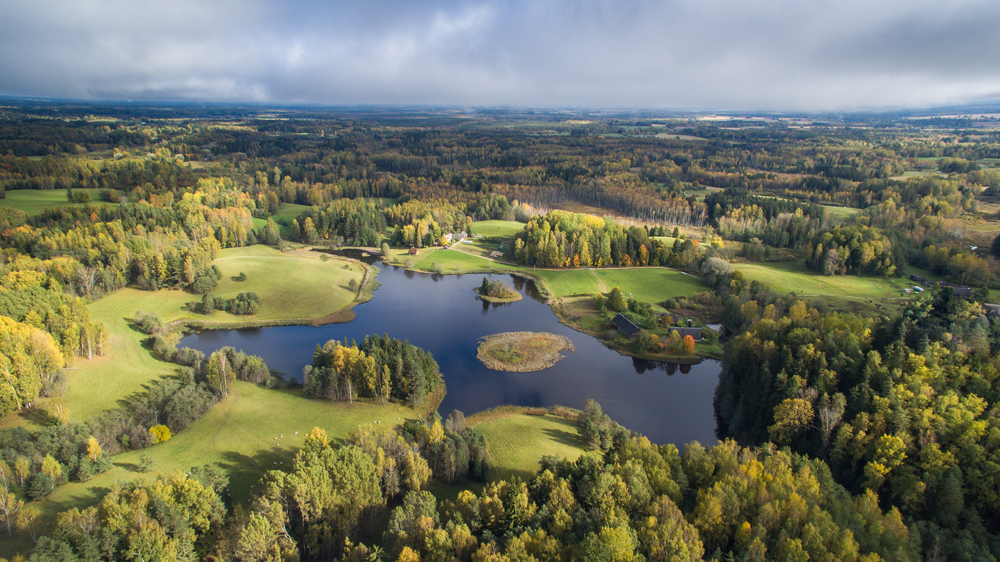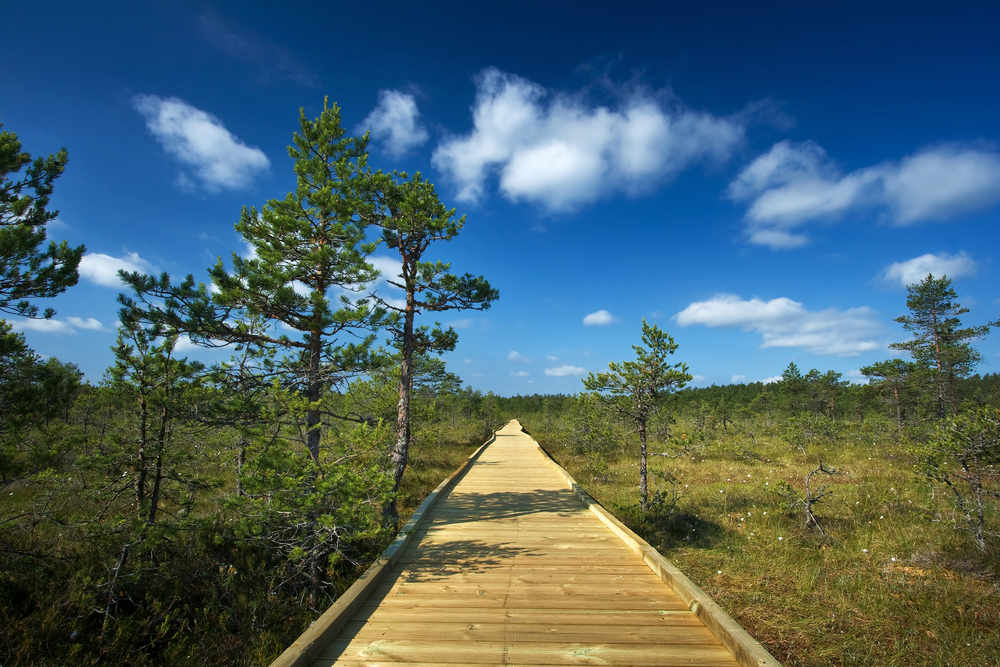Lahemaa Overview
Lahemaa National Park, known locally as Lahemaa Rahvuspark, is Estonia’s oldest and largest national park. Spanning an area of 279 square miles (725 square kilometers), it is located on the northern coast of the country, about 40 miles (65 kilometers) east of Tallinn, Estonia’s capital.
Established in 1971, Lahemaa is one of Europe’s first national parks and serves as a showcase of Estonia’s natural beauty, cultural heritage, and biodiversity. The park’s terrain is incredibly diverse, featuring a mixture of coastal landscapes, forested areas, wetlands, and rivers.
The coastline is jagged, with peninsulas and bays—hence the name “Lahemaa,” meaning “Land of Bays” in Estonian. Prominent peninsulas such as Juminda and Käsmu stretch into the Gulf of Finland, creating striking seascapes. Inland, visitors encounter thick pine and spruce forests, vast bogs like Viru Bog, and glacial erratic boulders scattered across the landscape, remnants of the Ice Age. The park is also home to the Jägala Waterfall, Estonia’s widest natural waterfall, and several picturesque rivers, including the Valgejõgi and Loobu.
Lahemaa is rich in wildlife, offering a chance to experience a wide array of species in their natural habitats. Large mammals such as moose, wild boars, and Eurasian lynx roam the forests, while smaller animals like beavers and foxes are common along rivers and wetlands.
Birdwatchers will delight in spotting species like white-tailed eagles, black storks, and cranes, which are among the park’s avian highlights. The diverse ecosystems make Lahemaa a haven for both flora and fauna, attracting nature enthusiasts from around the world.
The park is also well-known for its cultural landmarks and history. Visitors can explore restored 18th-century manor houses, such as Palmse, Sagadi, and Vihula, which showcase the region’s aristocratic heritage. The traditional fishing villages of Käsmu, Altja, and Võsu offer insights into local maritime culture and provide a charming glimpse into Estonia’s past.
Hiking trails, such as the Viru Bog Trail, allow visitors to explore the park’s natural wonders, with wooden boardwalks offering access to otherwise inaccessible wetland areas. Additionally, the Käsmu Maritime Museum is a popular destination for those interested in Estonia’s seafaring history.
Conservation has been a cornerstone of Lahemaa’s management since its establishment. The park plays a crucial role in preserving Estonia’s natural and cultural heritage, though challenges remain. Human encroachment, climate change, and the need to balance tourism with habitat protection require ongoing attention.
Nevertheless, Lahemaa has achieved significant successes in restoring wetlands and protecting species like the black stork and white-tailed eagle. Through sustainable tourism initiatives and community engagement, the park continues to thrive as a model of conservation and ecotourism.
Park Map
Lahemaa National Park Highlights
Engaging Lahemaa National Park
Sources
- Frog Mom, What to do in Lahemaa National Park, https://frogmom.com/estonia-travel-what-to-do-in-lahemaa-national-park/, retrieved August 2024.
- RMC, Lahemaa National Park, https://loodusegakoos.ee/where-to-go/national-parks/lahemaa-national-park, retrieved August 2024.
- Visit Estonia, Lahemaa National Park, https://www.visitestonia.com/en/lahemaa-national-park-estonia, retrieved August 2024.
- Wikipedia, Lahemaa National Park, https://en.wikipedia.org/wiki/Lahemaa_National_Park, retrieved August 2024.
- Wiki Voyage, Lahemaa National Park, https://en.wikivoyage.org/wiki/Lahemaa_National_Park, retrieved August 2024.
























































































